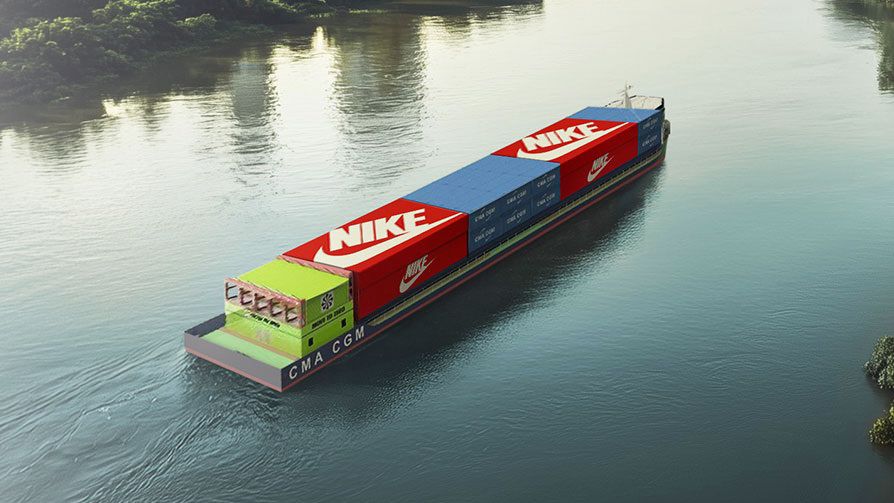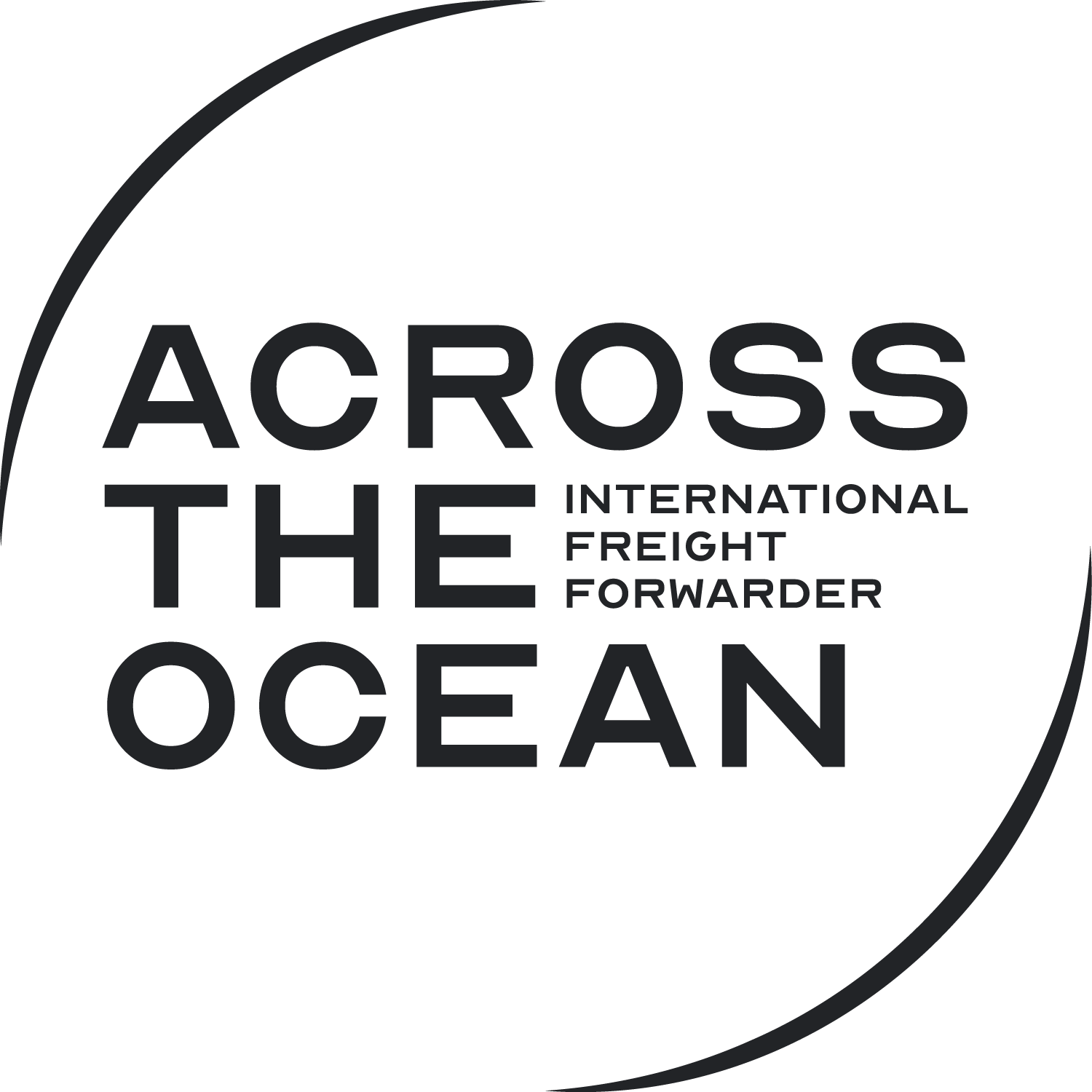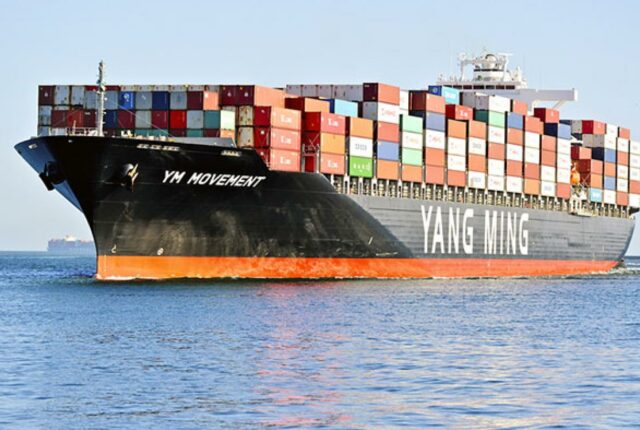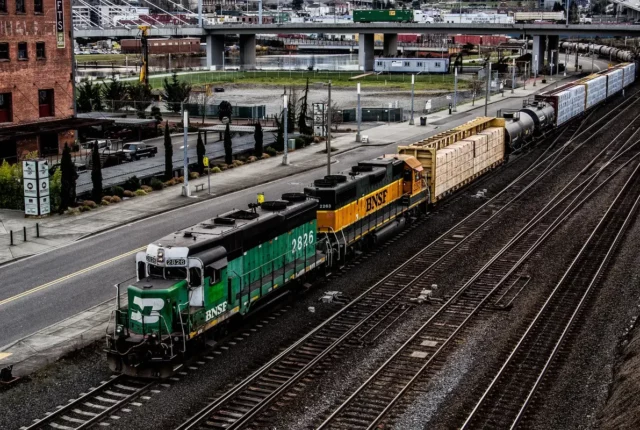
NIKE deploy Electric Barge with CMA CGM in Vietnam
The CMA CGM Group, which is already pursuing its environmental initiatives with large investments in LNG-fueled containerships, will also develop a unique, electric-powered, cargo barge for inland service in Vietnam. Expected to start service in 2026, the barge will operate with batteries and a dedicated green power station providing an innovative solution dedicated to decarbonizing freight transport and logistics in Vietnam.
The e-barge is being co-designed by CMA CGM’s New Build and R&D teams in partnership with China’s CATL for the battery technology. Once deployed, NIKE has committed to optimize the use of the barge for its shipments between Binh Duong Province and the Gemalink deep-sea terminal in Cai Mep. It will be a 180 km (112-mile) round trip.
To support the operation of the new barge, a dedicated charging infrastructure will be developed. It will be powered by a new solar farm at the Gemalink terminal at Cai Mep which is 25 percent owned by CMA CGM. The operation will be certified with 100 percent renewable energy with the solar farm producing 1GWH of green electricity annually.
Annually they expect the barge will transport more than 50,000 TEU. They calculate it will avoid 778 tons of CO2 annually from this operation.
“It has been a great achievement to design and promote this project with NIKE’s partnership for commitment of usage in Vietnam waterways but can be replicated easily in other geographies and with other major customers,” said Christine Cabau-Woehrel, Executive Vice-President Assets and Operations at CMA CGM. “We are looking forward to duplicating and adapting this innovative solution with other cargo owners wishing to find solutions towards more sustainable transport modes.”
CMA CGM, which has been operating in Vietnam since 1989, highlights that the new inland solution is part of its long-term commitment and decarbonization ambitions, along with Vietnam’s goal of being carbon net zero by 2050. The carrier currently operates 29 weekly mainline services from seven ports in Vietnam.
The project is among the pioneering efforts also seen in Scandinavia and China to launch electric short-sea and inland cargo and barge services. Battery technology is also being increasingly adopted for other solutions including tugs and ferries. Experts highlight that as batteries gain greater capacity and duration these projects are becoming increasingly possible and offer new opportunities in shipping.
Author
ATOSRelated posts
Battery-Powered Ships funded By Norwegian Government
The Norwegian government was to reach net zero carbon emissions across all indus
Yang Ming CFO Declares Chaos Dominates Container Shipping Market
Yang Ming chief financial officer Peter Su said today he believes container ship
Sustainable Rail Solutions: Reducing Carbon Footprint in Freight Transportation
In an era marked by environmental concerns, finding sustainable solutions for fr






